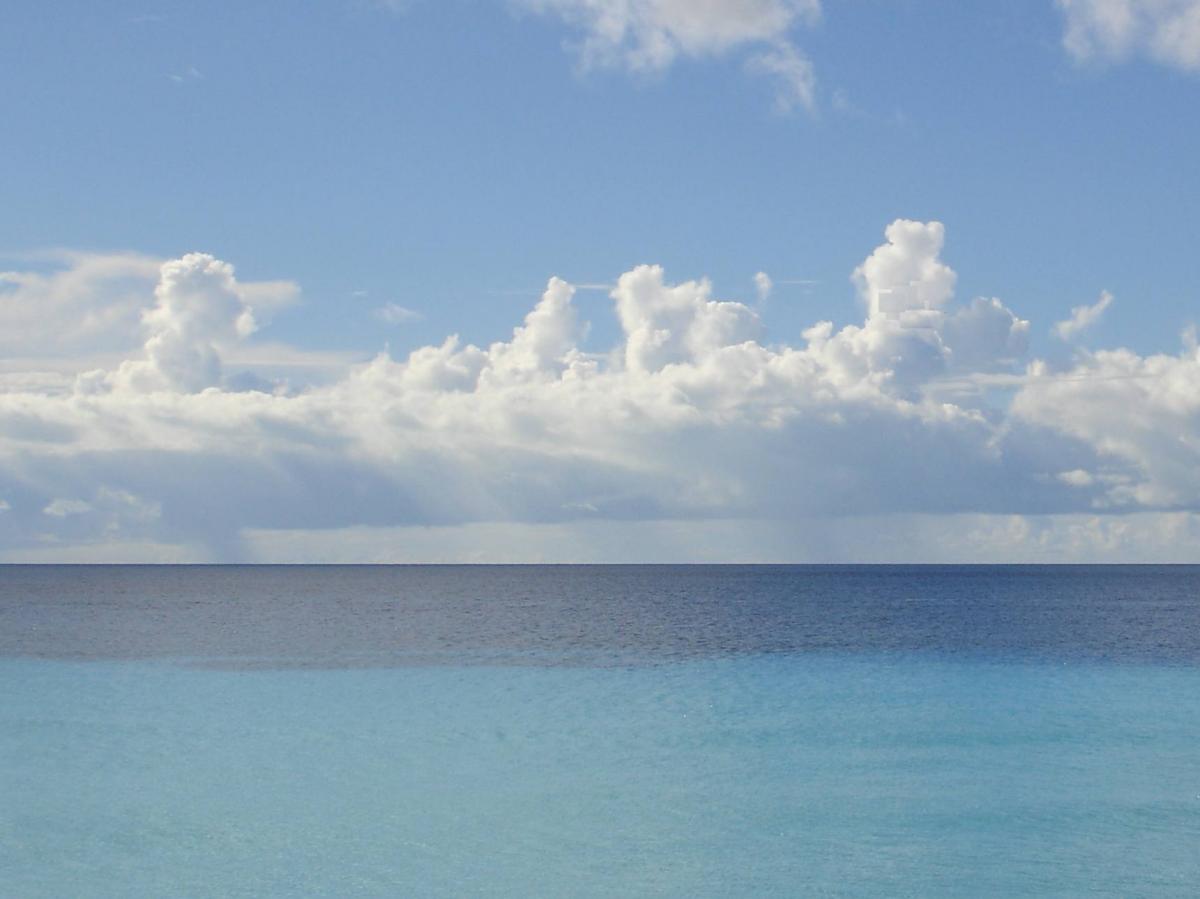Future-proofing protections for the high seas
Outcomes of the 3rd Session of the Intergovernmental Conference (IGC) on the Conservation and Sustainable Use of Marine Biodiversity of Areas Beyond National Jurisdiction, 19-30 August 2019, UN Headquarters, New York

Photo: IUCN / Carl Gustaf Lundin
Following two weeks of intense negotiations at United Nations headquarters in New York, delegates and civil society applauded progress towards a new treaty to help safeguard ocean life beyond national boundaries. The objective of this new treaty is to galvanize cooperation to preserve the health, resilience and productivity of marine species and ecosystems in the two-thirds of the ocean that is beyond national jurisdiction. Threats range from overfishing, bycatch, habitat destruction and chemical, noise and plastic pollution to ocean warming, declining oxygen, and acidification. The traditional fragmented nature of ocean governance, where activities are managed by separate organizations for fishing, shipping and seabed mining, has hampered progress in managing multiple stressors in the remote ocean.
Although this was the third Intergovernmental Conference (IGC), this late August meeting (19-29 August) was the first time the IGC was presented with actual treaty text for States to negotiate. The draft text prepared by the IGC President Rena Lee with the UN Division for Ocean Affairs and the Law of the Sea provided fertile grounds for States, scientists and civil society to advance on principles, procedures and objectives for environmental impact assessments, marine protected areas and other area-based management tools. Delegates also debated mechanisms for sharing the benefits of marine genetic resources, ensuring sufficient resources to implement the emerging agreement as well as other obligations for capacity building and transfer of technology under the 1982 UN Convention on the Law of the Sea.
Though significant progress was made, wide differences remain. There is much work to be done in the five months before the fourth and hopefully final IGC. With partners, IUCN is already arranging meetings to search for common ground on area-based management measures and marine genetic resources and participating in a host of other intersessional meetings.
IUCN was well represented by a six-member delegation with expertise spanning international environmental law, marine protected areas, environmental assessment processes, marine scientific research and marine genetic resources. IUCN’s closing words at the IGC3 reminded delegates that “As we focus on getting the details right, we cannot lose sight of the big picture: we need an ambitious, well-resourced, and future-proofed agreement. We cannot simply echo the obligations that already exist -- we need to build something strong, flexible and effective to save our marine biodiversity and ourselves.



